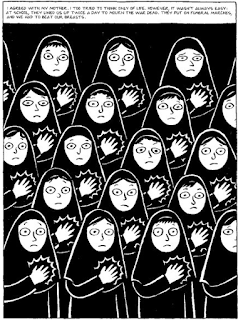Response on Comic Strips
While I was reading through comic strips from different authors, I noticed that each artist has a different style of visual storytelling and it covers quite a lot of different genres. For example Windsor’s McCay’s style is very dedicated and artistic, with a more surreal story, while Charles Schultz’s has very simplified and cartoony inkwork and telling a more humorous story. Despite the differences, there are a lot of common characteristics of the comic strips that I noticed.
The first characteristic that I noticed is that the comic panels are not as dynamic as the panels in a comic book. The entire layout of the comic is in a rectangularly shaped, normally horizontally organized in order to fit on the newspaper. Unlike the different sized panels of the comic book, each panel of the comic strip usually have an identical size. They are always squared or rectangular, going from left to right in an organized way. The story of the comic strips are mostly individual shorts. Even if it’s a continuous story, the few rows of panels published each week has the ability to tell an individual story arch. One fun thing I noticed while reading the Tarzan comic strips at the library is that after each weeks’ comic, the artist will always write a line of text introducing the title of the next chapter in order to keep the reader engaged. Stereotypes of races and gender often appears in the characters of the comic strips, but I think of it as the sign of time, we are only able to realize the problem because we began to care about cultural diversities and equality.

Comments
Post a Comment